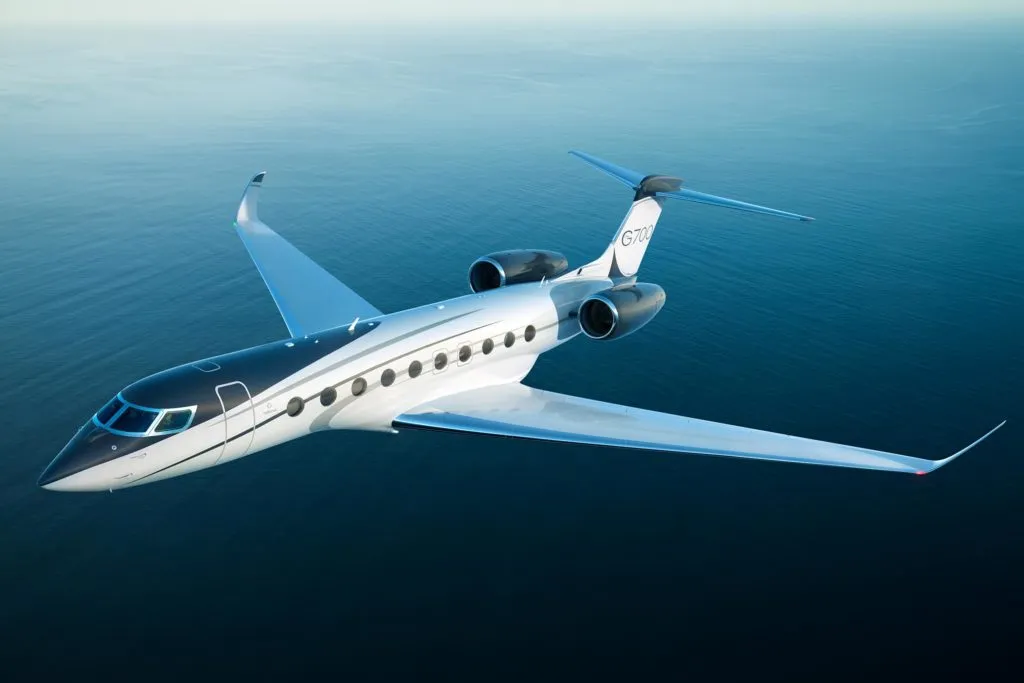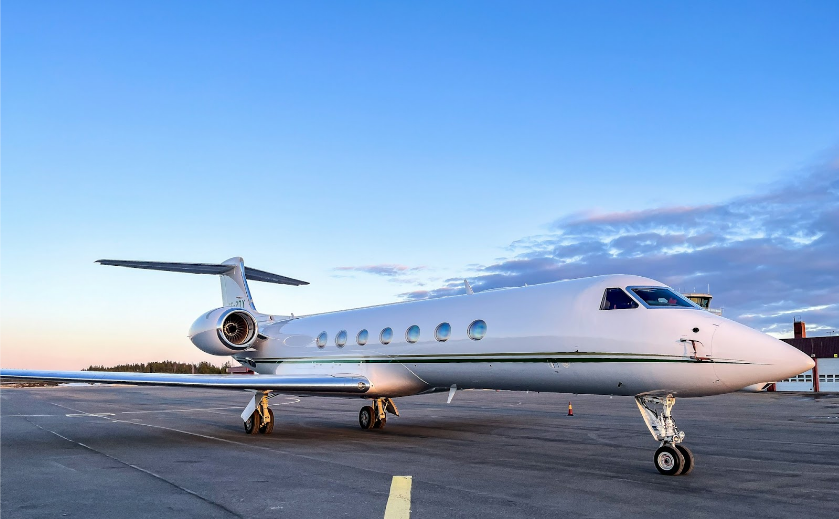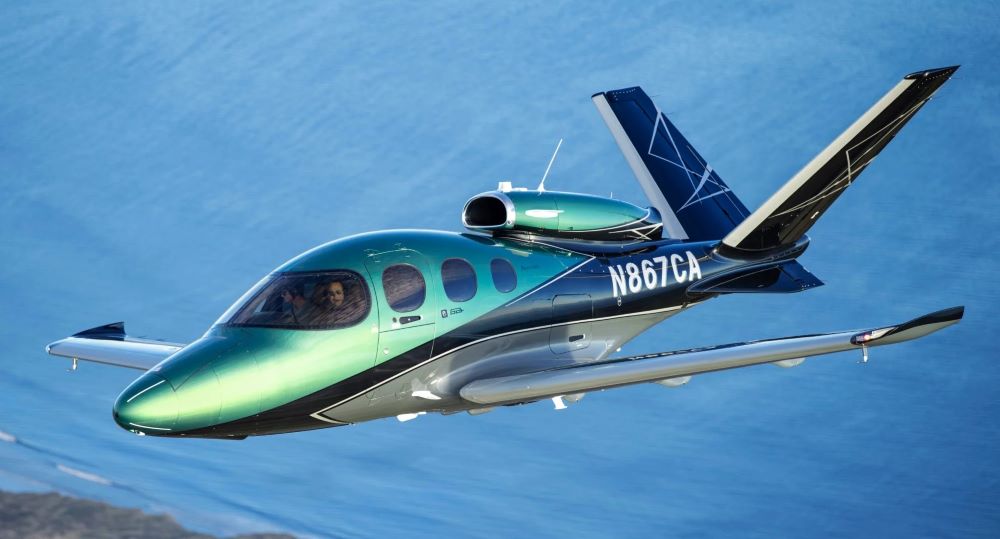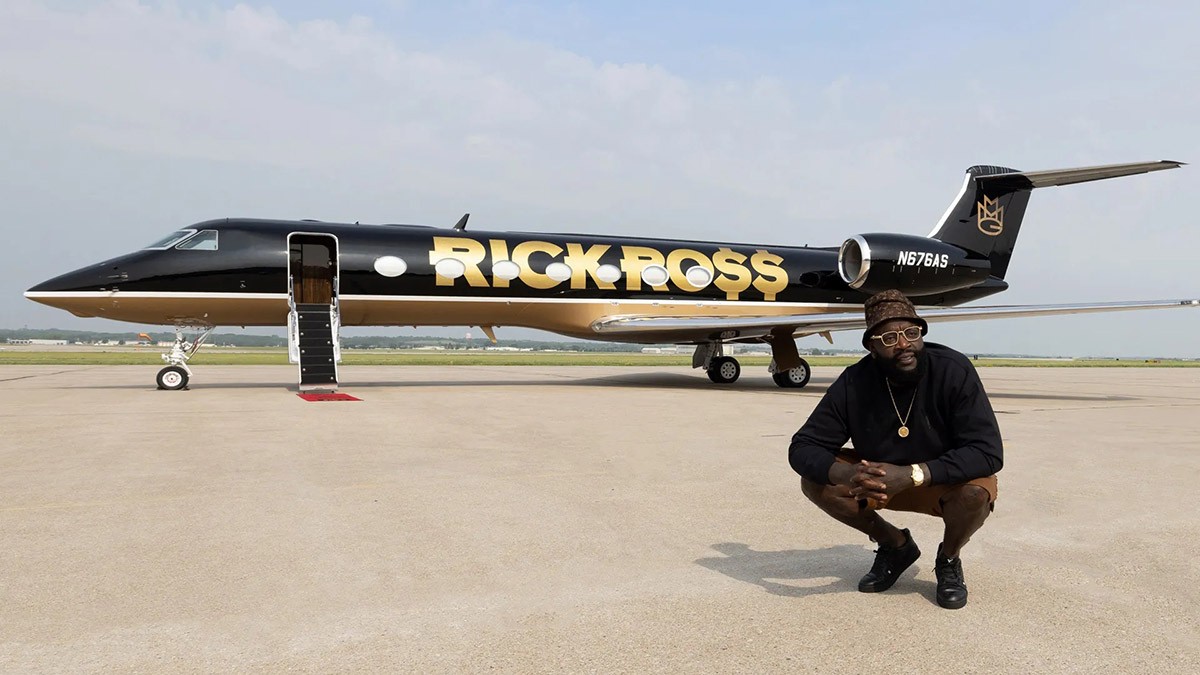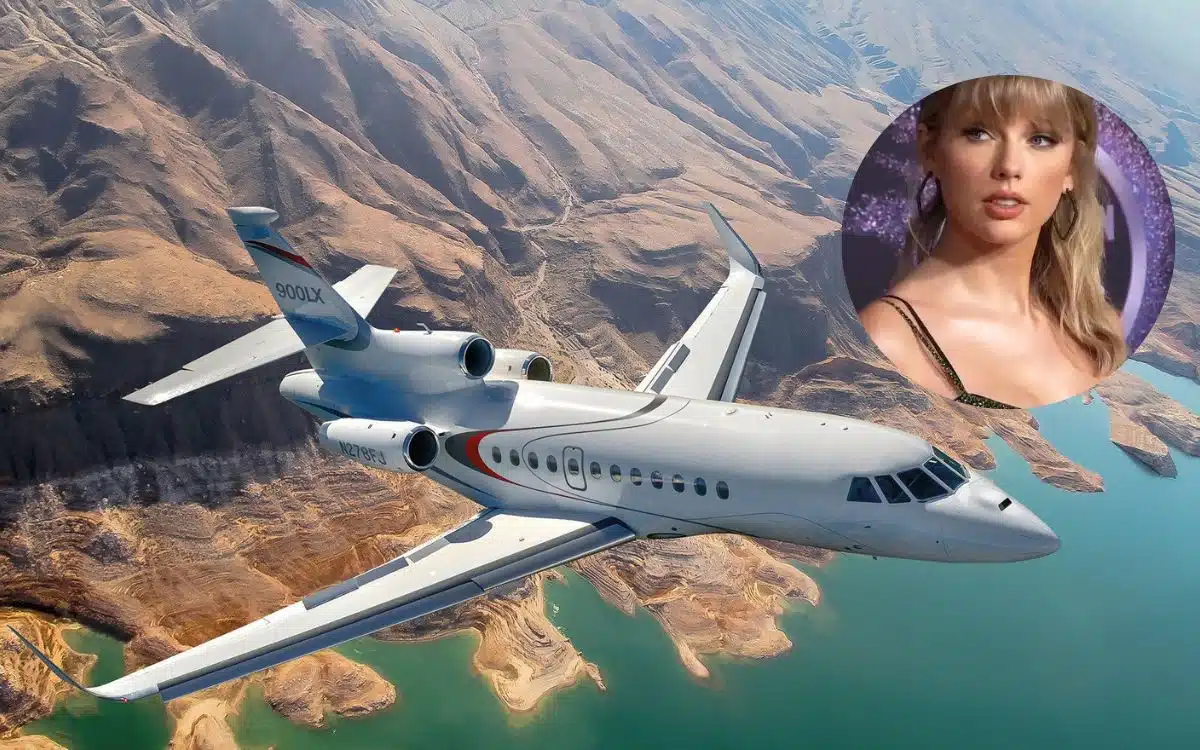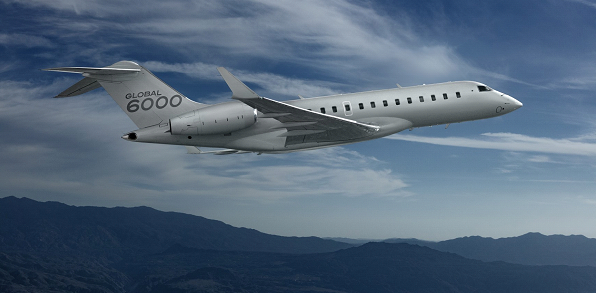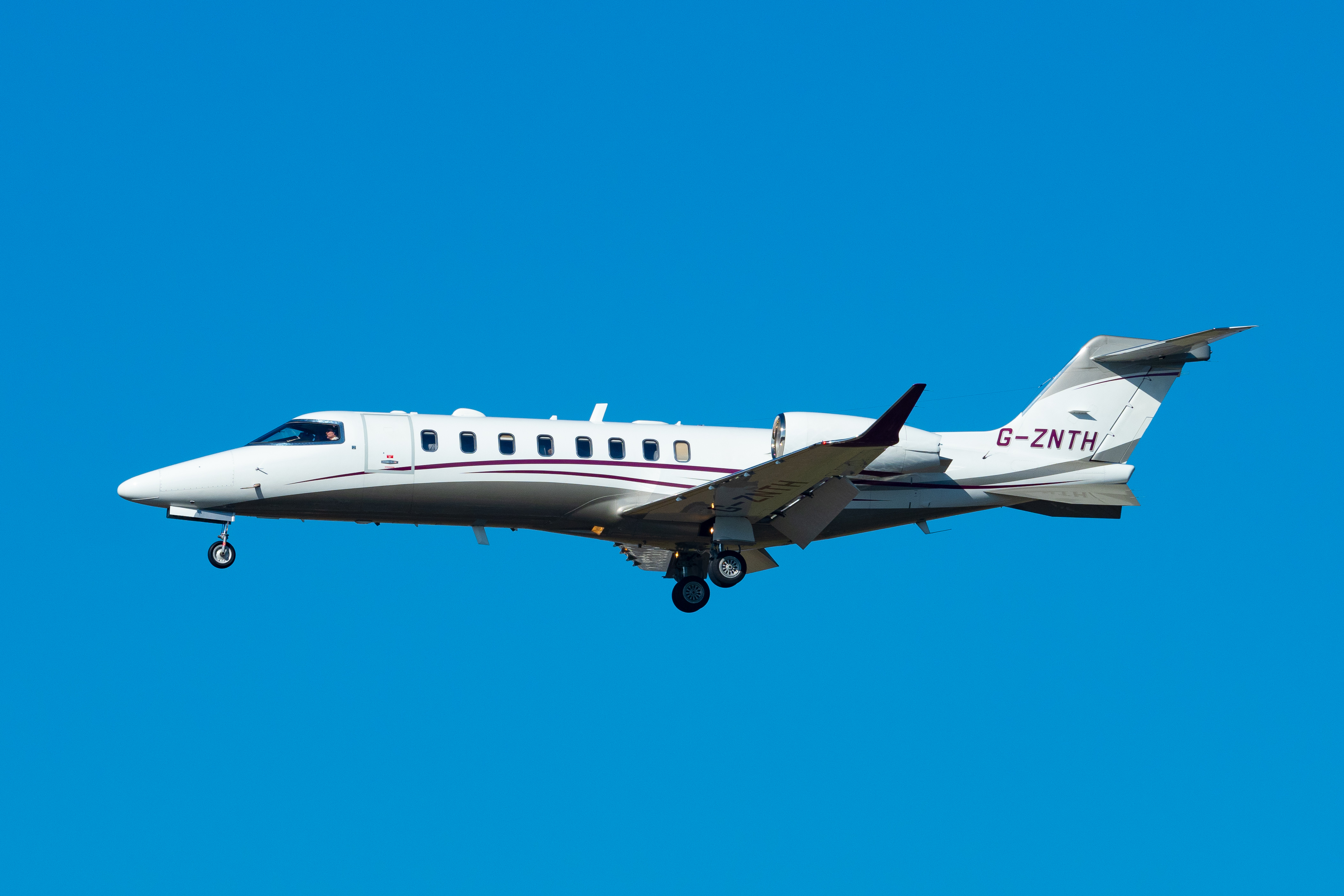Bombardier Challenger 300 Review: Two Decades Later, Does It Still Hold Up?
8 min read

When the Bombardier Challenger 300 was first announced in 2004, it promised to shake up the super-midsize business jet market. Now, more than twenty years later, it's worth taking a step back and asking: did it deliver on those promises? And perhaps more importantly for today's buyers, should you still consider one?
This review will dig into what made the Challenger 300 tick, from its ambitious development story to its real-world performance after two decades of service. We'll look at what worked, what didn't, and whether this jet still makes sense in today's market.
Development: The Making of a Market Disruptor

The story of the Challenger 300 really starts in the late 1990s, when Bombardier looked at the business jet landscape and saw a gap. A big one, actually. You had smaller jets like the Learjet 60 doing their thing on shorter routes, and you had the bigger Challenger 604 handling longer hauls. But there was this sweet spot in between, what the industry would come to call the super-midsize category, that nobody was really nailing.
Bombardier wanted to capture about a third of that market, and honestly, that ambition shaped every decision that followed.
The aircraft was originally called the Bombardier Continental (a name that thankfully didn't stick), and the development process was surprisingly collaborative for its time. Instead of trying to do everything in-house, Bombardier smartly partnered with companies that knew their stuff.
Rockwell Collins came in for the avionics package, which would prove to be one of the aircraft's strongest selling points. Meanwhile, Honeywell (they were still called AlliedSignal back then, if you can believe that) supplied the HTF7000 turbofan engines.
The formal launch happened at the 1999 Paris Air Show, where the aviation world got its first real look at what Bombardier was cooking up. The reception was... mixed, honestly. Some industry observers were impressed by the cabin size and range projections. Others questioned whether there was really enough demand to justify yet another business jet category.
The maiden flight finally happened on August 14, 2001, and the certification process stretched on for nearly two more years. Transport Canada finally blessed it with type certification on May 31, 2003, followed by FAA approval. By December 2003, the first aircraft was delivered to FlexJet, and commercial service officially began on January 8, 2004.
Performance: Where the Rubber Meets the Runway
Let's talk numbers, because in aviation, performance isn't just about bragging rights. It's about whether you can actually complete your mission. The Challenger 300 built its reputation on two Honeywell HTF7000 turbofan engines, and honestly, these powerplants were one of Bombardier's smartest decisions.
Each engine cranks out 6,826 pounds of thrust, flat-rated up to ISA +15°C. What does that mean in real-world terms? It means the aircraft doesn't lose its punch when you're dealing with hot summer days in places like Phoenix or Dubai. That flat rating is essentially insurance against disappointing performance when the weather doesn't cooperate.
The transcontinental capability was always the Challenger 300's calling card. With a maximum range of 3,100 nautical miles carrying eight passengers, you're looking at genuine coast-to-coast capability in the U.S., plus some pretty impressive international legs. New York to London? Absolutely doable. Los Angeles to New York? No problem, assuming you don't hit nasty headwinds.
But here's where things get interesting, and where you really see the engineering thoughtfulness. The aircraft can climb to 41,000 feet in 18 minutes at maximum takeoff weight. That's not just impressive on paper; it's genuinely useful in busy airspace where getting above the airline traffic quickly can save you serious time and fuel.
The service ceiling hits 45,000 feet, with an initial cruise altitude typically around 43,000 feet. I've talked to pilots who regularly take advantage of that high-altitude capability, especially on longer flights where you can catch favorable winds and avoid most weather.
Key Performance Specifications:
- Maximum Speed: Mach 0.83 (477 knots / 883 km/h / 549 mph)
- High-Speed Cruise: Mach 0.82 (470 knots / 870 km/h)
- Long-Range Cruise: Mach 0.80 (459 knots / 850 km/h)
- Range (Full Seats): 3,065–3,220 nautical miles (5,676–5,963 km)
- Takeoff Distance: 4,810 feet (1,466 m) at sea level
- Landing Distance: 2,600 feet (792 m) at sea level
Cabin and Interior: Where the Magic Really Happens

Here's where the Challenger 300 truly earned its reputation. Step inside, and you immediately understand why Bombardier was so confident about this aircraft.
We're talking about a stand-up cabin that measures 23.7 feet in length (not counting the cockpit), 7.2 feet wide, and 6.1 feet high. But those numbers don't tell the whole story. What really matters is the flat-floor design, which means you can actually walk around normally instead of doing that awkward crouch-shuffle that smaller jets force on you.
The typical configuration seats 8 to 9 passengers in what's called a double-club arrangement, basically two sets of facing seats that create natural conversation areas. It's civilized. You can actually have a meeting or a meal without everyone climbing over each other. The maximum capacity hits 19 people, including crew, though I can't imagine why you'd want to pack that many bodies into any business jet, no matter how spacious.
For more flexible seating, many operators go with configurations that include up to 10 seats, sometimes with a three-place divan and even a belted lavatory seat.
Noise levels were a real focus during development, and it shows. The advanced noise reduction creates what's genuinely a quiet cabin environment. You can have normal conversations without raising your voices, even during climb and descent. After spending time in some of the older jets this was meant to replace, the difference is striking.
Standard amenities that actually matter:
- Lufthansa Technik cabin management systems (these were cutting-edge in 2004)
- In-flight entertainment with decent cabin speakers
- iPod connectivity (charmingly dated now, but revolutionary then)
- Electrical sockets and USB ports throughout the cabin
- Wireless internet capability (GoGo Biz high-speed in many configurations)
What really sets the Challenger 300 apart is how the interior feels less like an airplane cabin and more like what one owner called a "flying apartment." The proportions are just right; wide enough to feel spacious, tall enough to move around comfortably, but not so cavernous that it feels empty with fewer passengers.
Avionics: The Brain Behind the Beauty
Now we get to the part that really separated the Challenger 300 from its competition back in 2004; the Rockwell Collins Pro Line 21 avionics suite.

The Pro Line 21 was what Collins called a "clean-sheet design," meaning they started from scratch rather than just updating existing systems. That decision paid off in spades. The result was a fully integrated system that focused on situational awareness, reliability, and, crucially for pilot acceptance, ease of use.
The visual centerpiece was those four large adaptive flight displays, measuring 8.4 inches by 10.4 inches, though some configurations stretched up to 12 inches tall by 10 inches wide. These weren't just big screens for the sake of being big; they served as both primary flight displays (PFDs) and multi-function displays (MFDs), giving pilots unprecedented flexibility in how they organized information.
What made these displays special was their adaptive nature. The system could reconfigure itself based on flight phase and pilot preferences. Taking off? The display emphasized engine parameters and flight guidance. Cruising? Navigation and weather information took center stage. It sounds simple now, but in 2004, this kind of intelligent interface was genuinely groundbreaking.
Pricing and Operating Costs: The Reality Check
The Challenger 300's financial story is a tale of two markets, what it cost new versus what it costs now, and the numbers tell an interesting story about value retention in business aviation.
Back in 2004, that shiny new Challenger 300 carried a list price of approximately $17.4 million. By the late 2010s, as Bombardier was winding down production, that figure had climbed to around $20 million. Not exactly shocking in an industry where inflation and feature creep tend to drive prices steadily upward.
But here's where it gets interesting for today's buyers: since production ended in 2014, every Challenger 300 on the market is now pre-owned. And the pricing spread is pretty dramatic. You can find older examples (particularly those from early 2004 to 2006) asking around $7 million. On the other end of the spectrum, low-time examples with fresh interiors and updated avionics can still command over $20 million, though those are increasingly rare.
Operating costs for the Challenger 300 are genuinely competitive in the super-midsize class. You're looking at hourly rates typically between $3,000 and $4,500, which covers fuel, maintenance, and crew costs. That's not exactly pocket change, but it's reasonable for what you're getting.
Fuel alone accounts for roughly $1,300 per hour at current prices based on that 266 gallons-per-hour consumption. Fuel costs fluctuate with oil prices, obviously, but this gives you a baseline for budgeting.
Maintenance is where Bombardier's reputation for reliability really pays dividends. The maintenance programs, Bombardier's own, were priced at $277 per hour back in 2014 and feature 600-hour inspection intervals, which is quite reasonable.
Annual operating costs breakdown (200 hours/year):
- Total Annual Budget: $1.2–1.9 million
- Variable Costs (fuel, maintenance, etc.): $2,543–3,500 per hour (~$508,666–700,000 annually)
- Fixed Costs (insurance, hangar, crew salaries): ~$604,000–950,000 annually
- Total Ownership Cost (including depreciation): ~$1.19 million at lower utilization
Strengths and Weaknesses: The Honest Assessment
What Works Really Well
The reliability story is genuinely impressive. That 99.79% dispatch rate over nearly one million flight hours by 2014 isn't marketing fluff. When you need to be somewhere, this aircraft usually gets you there.
Resale values have held up better than most expected. Five-year-old models were retaining 64% of their original price, which is solid for business aviation. The transcontinental range, decent speed, and genuinely comfortable cabin create a sweet spot that still makes sense for many operators.
Where It Shows Its Age
The horizontal stabilizer issues can't be ignored. Those FAA-mandated safety checks in 2022 and a fatal incident in 2023 highlight real operational risks that buyers need to understand. The 2024 crash in Buenos Aires adds another data point worth considering.
Compared to newer competitors, the avionics feel dated. The fuel efficiency, while still decent, isn't class-leading anymore. Those smaller cabin windows in early models are a minor but noticeable limitation, and high-utilization aircraft definitely show increased maintenance needs.
Final Thoughts
The Challenger 300 genuinely revolutionized the super-midsize segment when it arrived in 2004. Over 450 units sold, strong value retention, and that dispatch reliability record proves it delivered on its promises. Even now, pre-owned examples make sense for operators who value proven economics over cutting-edge technology.
But the safety concerns are real, and competition from newer variants like the Challenger 3500 is legitimate. This aircraft works best for buyers who prioritize cost-effective transcontinental capability over having the latest features.
Is it still a smart buy in 2025? For the right operator doing 200+ hours annually on medium-to-long routes, absolutely. Just go in with eyes wide open about both the capabilities and limitations of a twenty-year-old design. It remains a benchmark for balanced business aviation, not the fanciest option anymore, but still one of the most sensible.
